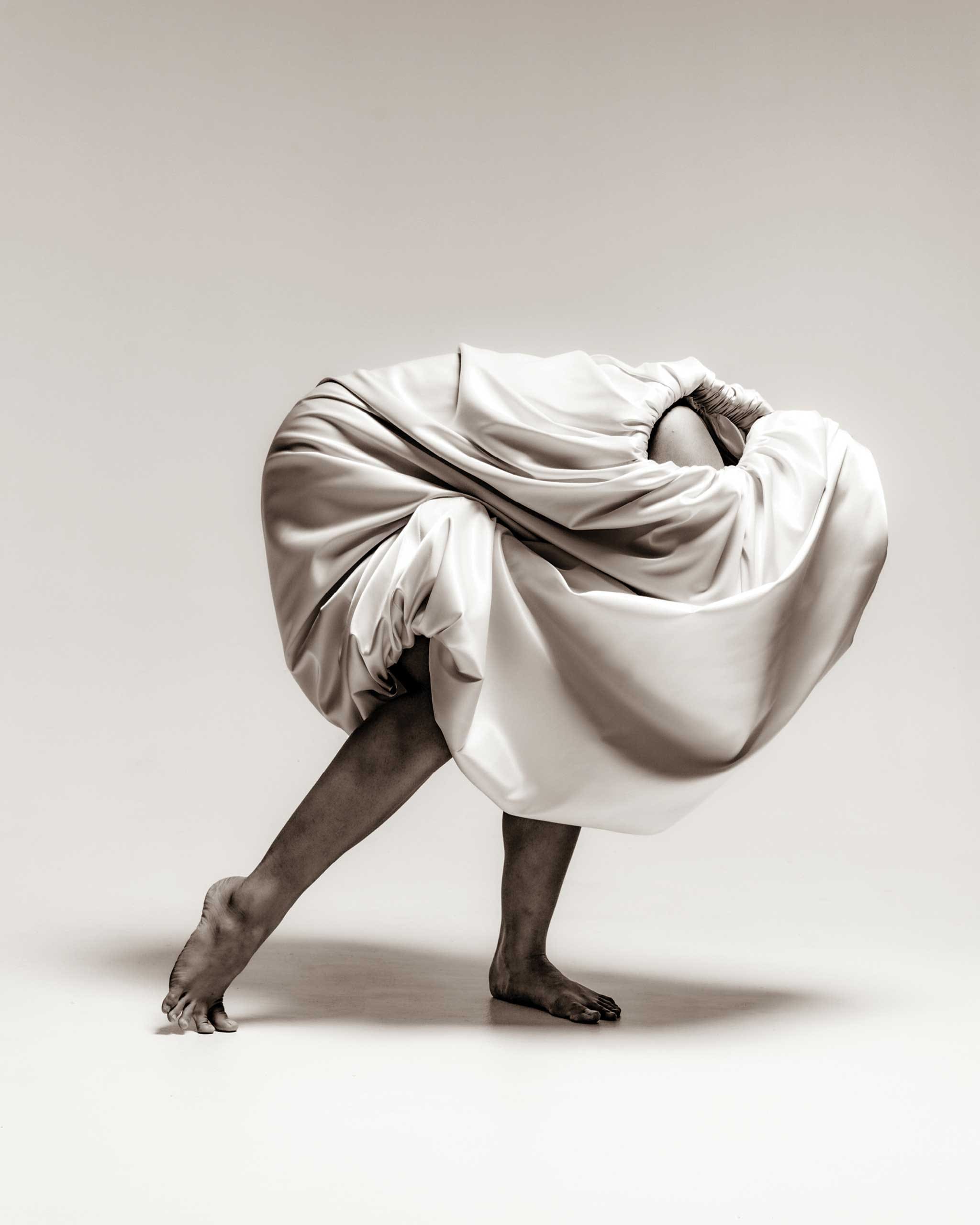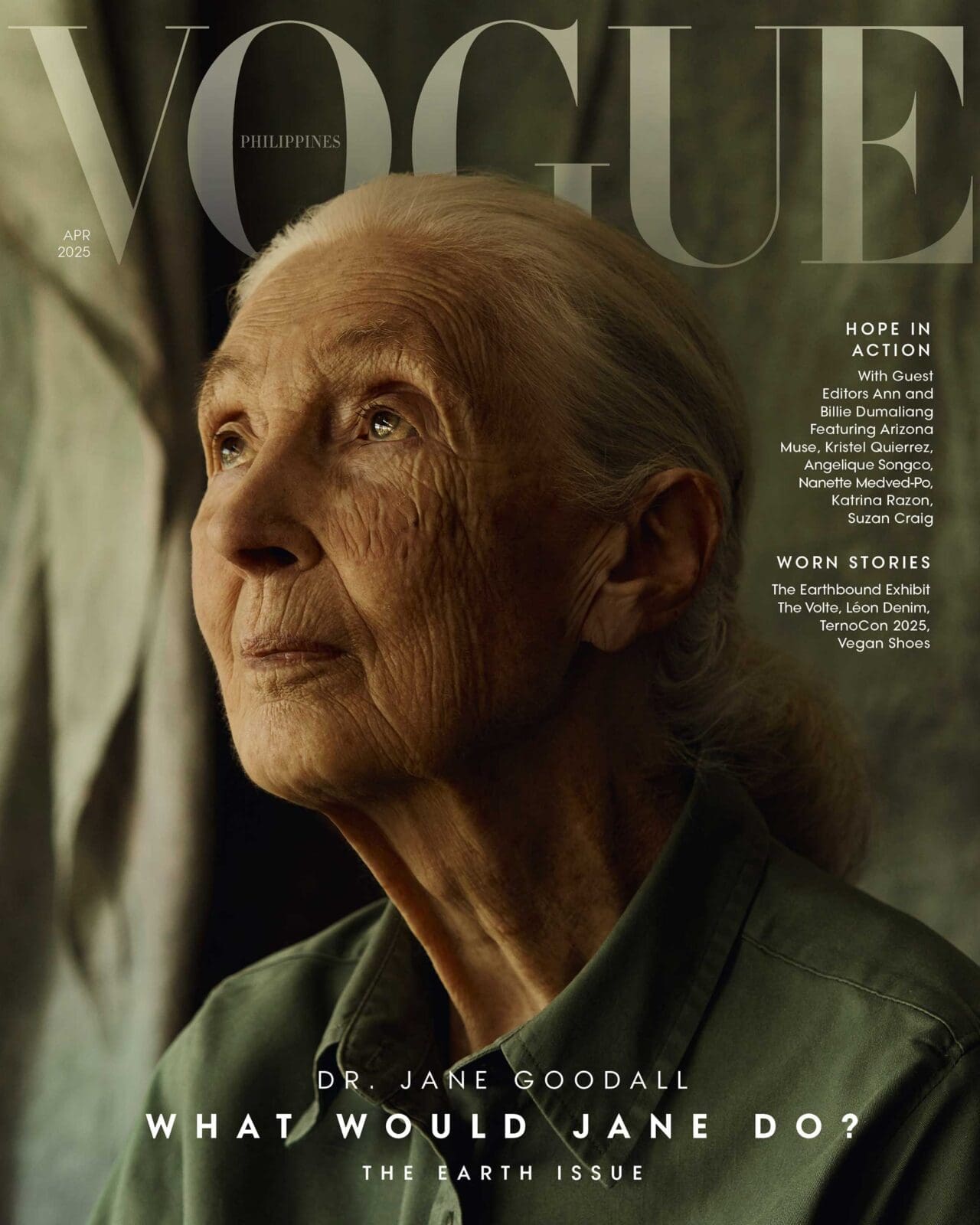Photo courtesy of Colin Dancel
Vestido’s WORN STORIES reveals how fashion transcends mere adornments and how clothing can be immortalized through rewoven identities.
Rewearing is an act of rewriting. A garment’s journey extends beyond its first wearer. With every individual, clothing absorbs the past while paving the path ahead. As part of Art Fair Philippines’ 10 Days of Art, curated fashion rental brand Vestido put together the exhibition titled Worn Stories, which reveals fashion as a living archive: fluid, intertwined, and perpetually moving.
Through this art initiative, Vestido reshapes the meaning of dress, transforming clothing from a rental item into a statement of circularity. “The stories of these dresses don’t end with one wear,” says Vestido co-founder Maica Salud-Tady. “Vestido has breathed new life into these pieces over and over again through rental, and now, that story expands through photography, video, and installation.”
The brand offers a visceral glimpse into the soul of garments; clothing can act as a connective tissue, one that ties together narratives and identities, and can be used as a catalyst for transformation. Attire becomes an evolving narrative, adapting and shifting with each body, blurring the lines between the past and the present, eternally in flux. What we adorn ourselves with is never merely fabric, it’s a second skin tethered to the lives of past wearers and the hands it has passed through. Challenging the industry’s ephemeral nature and fleeting trends, Vestido emphasizes the sentiment embedded within apparel. “By blending sustainability, emotional connection, and artistry, we’re showing the full picture of what Vestido stands for,” Salud-Tady emphasizes.
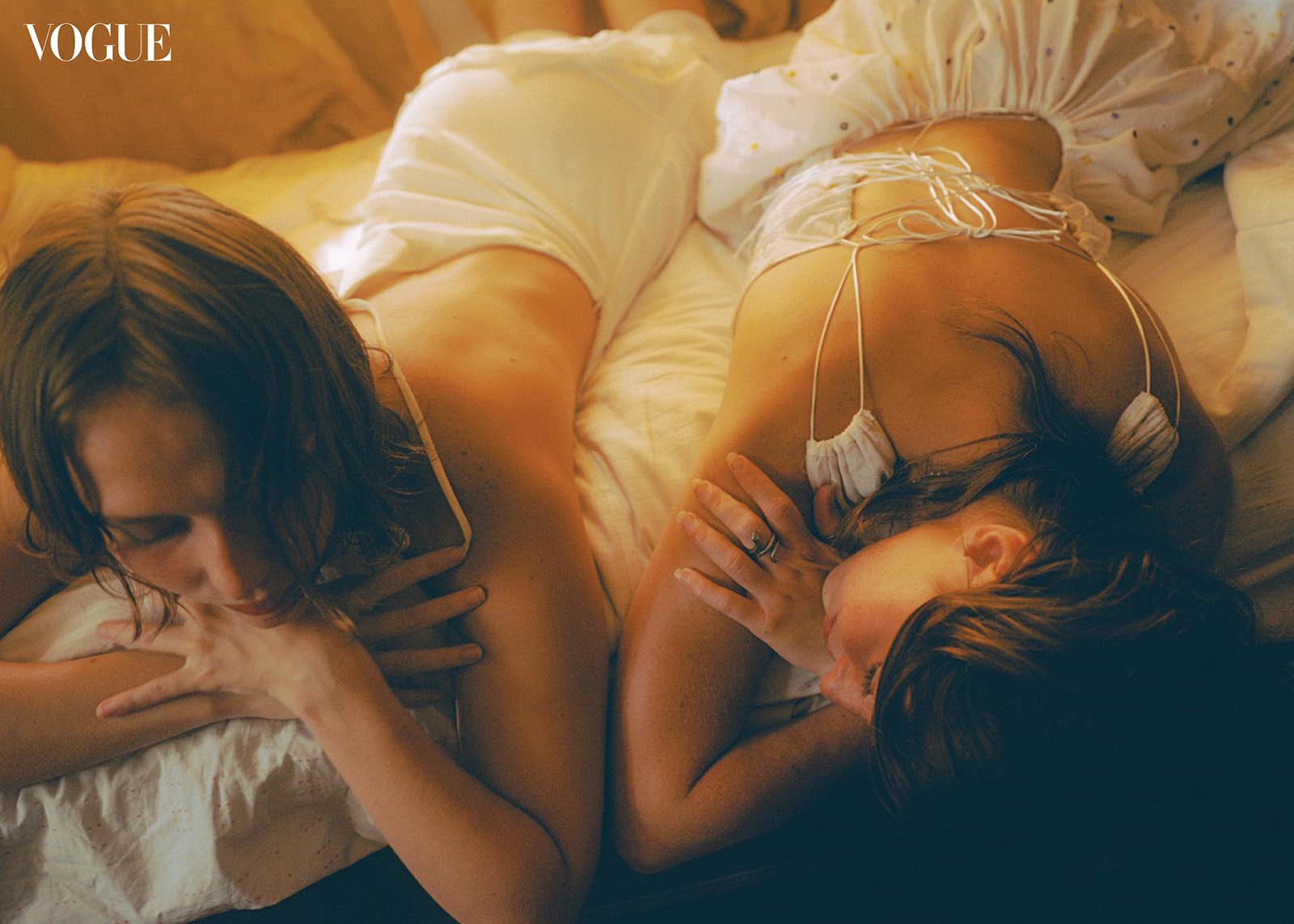
Garments have a sense of history, becoming portals to specific memories and significant occasions. To wear something is to inhabit its story and bring it forward. Fashion acts as a language, carrying meaning through wear and context, capturing and preserving each wearer’s memories. Clothing exists within a paradox, oscillating between the past and the future to capture the current moment. A temporal kaleidoscope of pasts and futures past, garments embody layered sartorial biographies offering glimpses of what’s to come. They erase the barriers between those who wore the attire previously and those who will wear them next, acting as a channel of lived and inherited narratives.
In Worn Stories, these transformations are celebrated and embraced. “Fashion is both a personal and collective experience. Worn Stories should leave visitors contemplating how clothing intersects with our emotions while also recognizing its impact on the world around us,” notes co-founder Cindy Bayot. Worn Stories underscores fashion’s dual role in self-expression and a larger cultural resonance, a meditation on how clothing evolves both physically and symbolically across time, individuals, and imprints.
Held last February at Vestido’s Poblacion studio, the exhibition brings together works by Colin Dancel, Regine David, Andrea Genota, Shaira Luna, Camille Robiou du Pont, and Judd Figuerres, with spatial storytelling by Mano Gonzales. The show zeroes in on a collection of poignant photographic works that serve as anchor points, complemented by Judd Figuerres’ video installation and Mano Gonzales’ immersive landscape, further deepening the narrative of wear and transformation.
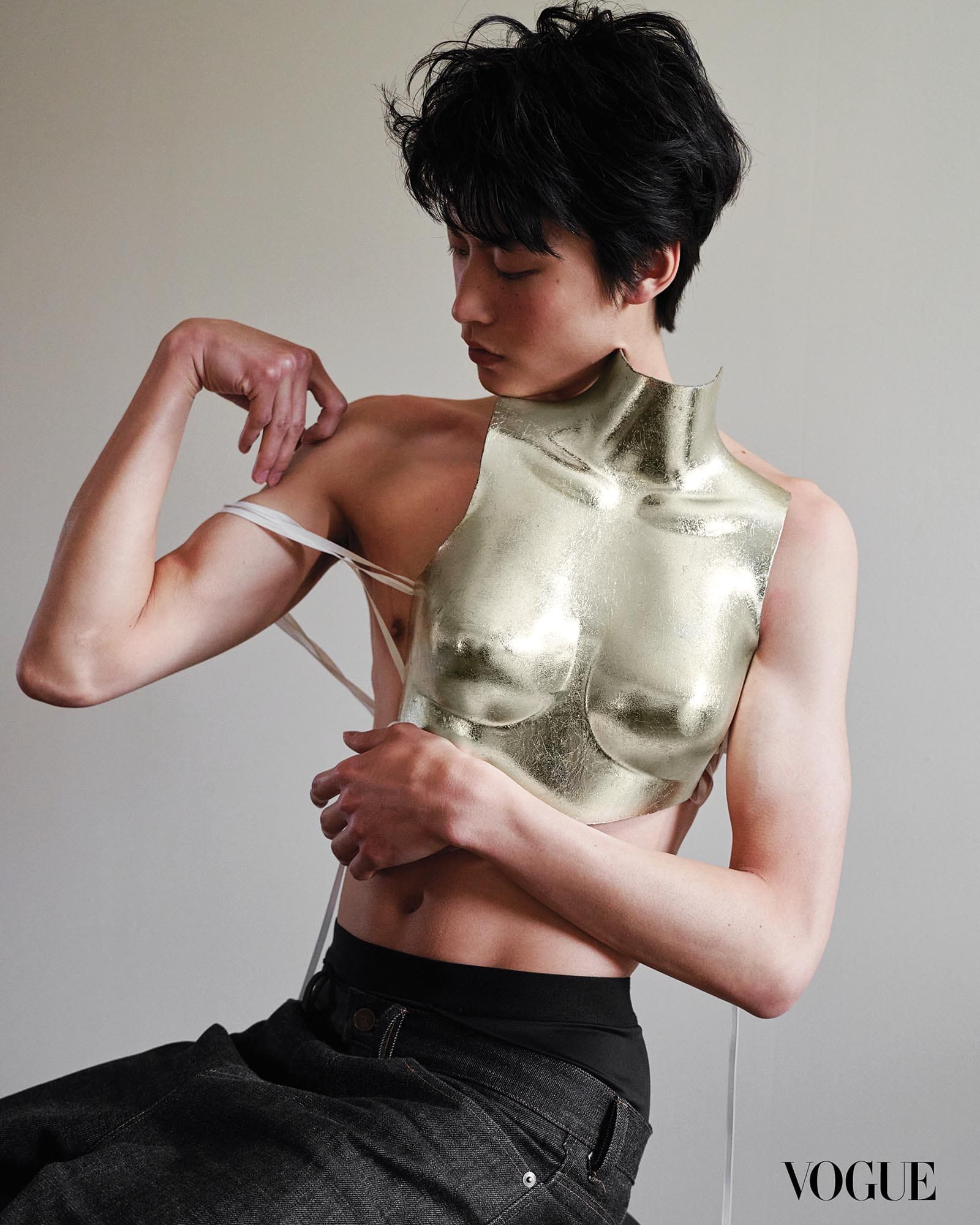
Throughout the exhibition, fluidity takes form through the perspectives of five female photographers. Colin Dancel’s dynamic portraits demonstrate the weightlessness of unlearning, where rebirth begins with quiet detachment. “We are all vessels for stories. A photograph, a book, or a piece of clothing transforms [through] resonance,” she observes, aligning with Worn Stories’ musings on the continuum of experiences found within textiles.
Camille Robiou du Pont’s veiled figures wander between the past and future, dissolving temporal boundaries. “Her dress carries the memories of past existences, woven with the emotions and fragments of a world [to which] she no longer belongs,” she elaborates, reflecting Worn Stories’ exploration of dress as repositories of both past and future selves.
Andrea Genota embodies identity in perpetual motion; never fixed, always unfolding. “Shedding, blooming, morphing, shifting; endlessly becoming,” she describes, a sentiment that reverberates throughout the shifting portrayals within Worn Stories.
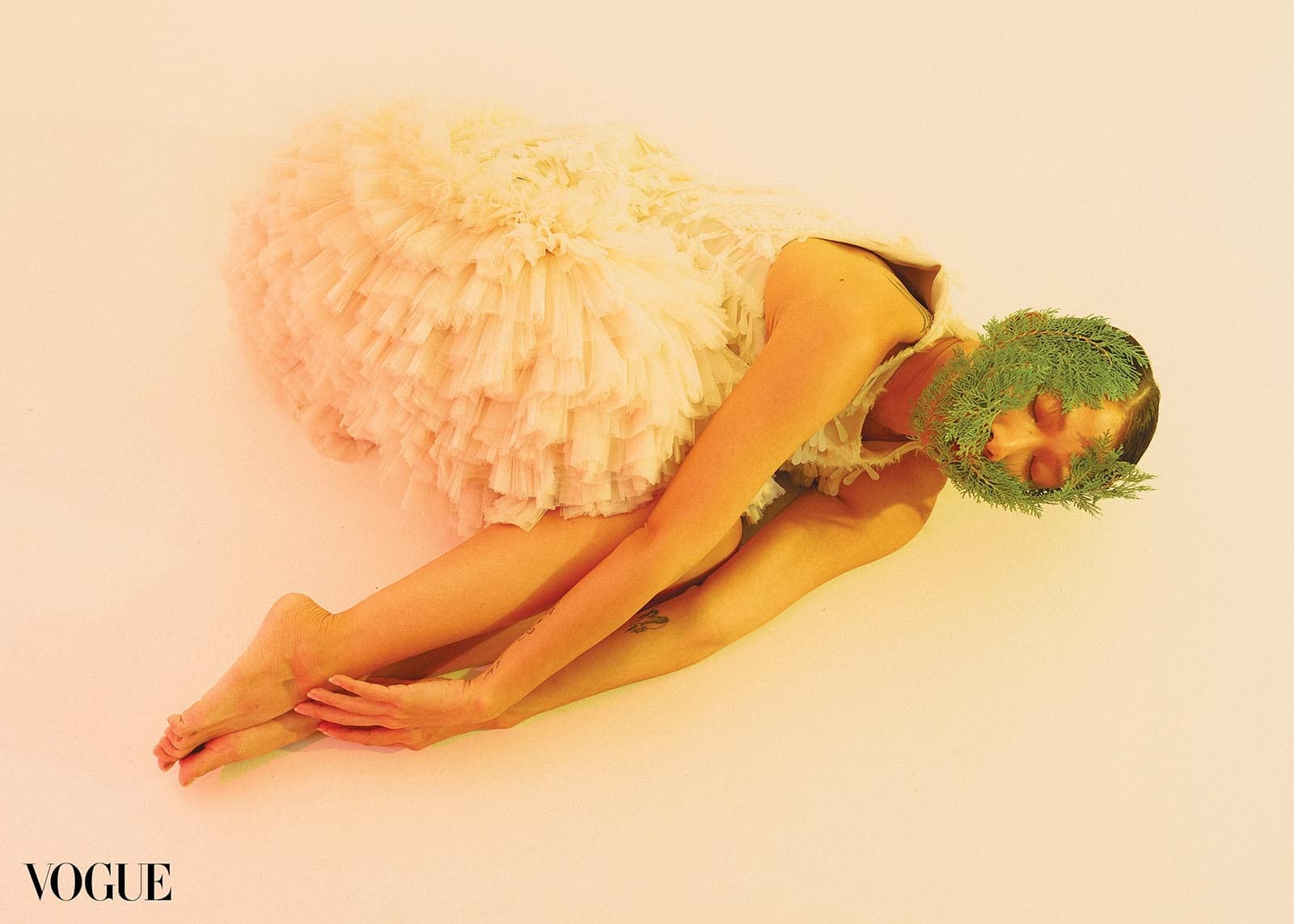
Regine David reframes silhouettes through the female gaze, fading the lines between masculinity and femininity. “I’ve always loved the idea of giving importance to the female gaze with regard to men and the [way] femininity and masculinity [are perceived],” she remarks, a lens that calls into question established frameworks of dress and identity. Meanwhile, Shaira Luna explores textiles as carriers of memory and feeling in her Bishop series.
Drawing from their interpretations of Vestido’s clothing, the artists translate pieces into both artifacts and narratives, revealing what it means to be human, to exist, and to be remembered. “Each piece reflects the idea that fashion is not static, but an ongoing dialogue between time and identity,” Bayot explains.
The result is a dynamic interplay of perspectives that reshape the concept of dress: each piece becomes a keeper of memory, a witness to history, and a pathway to renewal.
“Fashion is not static, but an ongoing dialogue between time and identity.”
In his video installation, “Vestido Time Capsule,” Judd Figuerres adds another layer to the showcase, preserving personal artifacts as an evolving gallery of memory. These nostalgic objects remain suspended in time, waiting to be unearthed to reveal the story enclosed within them. Peering into the intimate moments of emotion, the installation prompts viewers to reflect on the cycles of creation and repeated wear.
Each object, once deeply cherished, becomes part of a larger narrative, an emblem of the universality of human experience. By fostering empathy and understanding, the projection art meditates on the passage of time and the imprint of collective memory.
Worn Stories envelops viewers in a realm of metamorphosis. “Worn Stories should leave visitors contemplating the emotional power and transformative ability of clothing, while also considering the larger environmental impact of the fashion industry,” Bayot adds, underpinning the exhibition’s intention beyond aesthetics. In this space, dresses evolve, identities converge, and fashion becomes a form of renewal and selfhood.

By framing fashion as an ongoing transformation, Vestido recasts the industry’s role in a circular economy. It is a testament to the power of rewear, translating the human experience into tangible forms. What the exhibition highlights is the ability to see fashion in a different light, to recognize its potential to transcend time, and to question what it means to wear a garment. Clothes are not meant to be discarded but rediscovered.
“Sustainability shouldn’t be the sole focus, but rather an intrinsic part of the story,” Salud-Tady emphasizes. “It’s about balance: creating a solution for those who have too many dresses and those who don’t know where to get their hands on them.”
The showcase is an invitation to listen, to sense the weight, the fluidity, and the history tethered to each article of clothing. Each photograph instinctively captures adaptation and movement, while every garment holds within it an untold story. Fashion is not meant to be possessed; it is meant to be lived in, passed on, and rewritten. In this endless loop, nothing is wasted, and beauty is forever in motion.
Limited edition prints of the featured artworks are available for purchase at Vestido.
